Customer onboarding often goes wrong. For example, 63% of customers abandon digital banking onboarding. And things don’t look much better in other industries, as 88% of organizations don’t onboard effectively.
"Onboarding is an essential process for any business, and for it to be successful, companies should take the time to survey their customers to identify areas for improvement and leverage it as a competitive advantage. Poor onboarding can lead to a decrease in customer satisfaction and an increase in churn," says Evan Klein, founder of customer experience firm Satrix Solutions.The answer is right in the definition of onboarding, which outlines the process of “actively guiding users to find new value in your product.”
So, onboarding fails when your prospects don’t understand your products’ value.
Interactive surveys and quizzes will get you to the root of that problem. They’re easy to fill out, provide valuable insights, and help you build better relationships with your customers and raise your brand recognition.
Let’s see how you can tap into them by:
- Asking the right questions,
- Focusing on your customers,
- Having a goal, and
- Tracking and adapting.
1. Ask the right questions
Asking the right questions gives you more insights into the minds of your consumers, allowing you to adjust your communication down the line. As a result, you will offer better incentives, so they’ll be more likely to onboard.
Interactive surveys allow you to ask such right questions.
These should be:
- Short and straightforward, so people don’t get bored,
- (Most often) quantitative, meaning users select a value on a given scale, and
- Unbiased and non-judgemental.
Maybelline is an excellent example to consider. The makeup company allows people to answer interactive quizzes and upload selfies to decide which products to purchase according to their needs.
The company personalizes the onboarding process smoothly without boring the customers.
And there’s more:
Maybelline gets more insights into its customers’ preferences than they would infer from simple purchases.
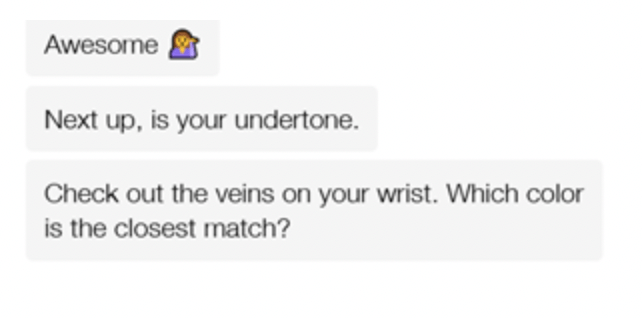

2. Focus on your customers
Understanding your user base is a key foundational aspect of building your product and finding your product-market fit. And your qualitative data analysis can take the form of conducting interviews with users, gathering feedback, observing users, and developing that in-depth understanding of their needs.
“In-depth interviews with users are extremely valuable as you can ask them to share detailed sentiment on how they use the product, what problems it solves, feature gaps that exist, and how your offering compares to the competition. The ability to probe around these and other important topics can prove profoundly revealing,” says Evan Klein, founder of customer experience firm Satrix Solutions.The first way to focus on the customer is to offer incentives for filling in that survey.
Explore their behavior, and use different platforms and a toll-free number to boost your customer's recognition. For example, sending them a quiz via e-mail asking for their help may not elicit many responses.
After all, your customers are in a power position here.
Instead, you could:
- Offer specific discounts or rewards for filling in the quiz, or
- Help people understand that filling out that survey would get them the right product.
Then, you must ensure the survey itself follows a customer-centric approach:
- Write your survey with a goal in mind and a reward for the consumer,
- Build questions that focus on your prospects’ needs, not your product features, and
- Write questions that get people thinking about their use cases, not the features you’re offering.
Assaf Cohen, who runs the card gaming site Solitaire Bliss, suggests getting creative while being customer-centric:
“When we paywalled some of our games, we offered to unlock them for free if our users answered a few questions. Not only were they happy to fill out the questions, but they were also grateful we made the game free!”
Pro tip: Show appreciation. Your customers will appreciate it if you take the time to thank them for their feedback.
This can be done with an e-mail, a phone call, or even a personalized video. Showing appreciation will encourage customers to give honest, accurate responses in the future.
In addition to that, you need to follow phishing statistics to create an image of a credible company and avoid malicious attacks when asking for feedback from customers.
The weight loss program Noom offers a good example because it uses interactive quizzes to solve some essential issues that such weight loss apps face:
- People are wary of such programs because there are too many, and most fail because they’re unspecific.
- The fad diet culture has seen a massive counter-culture movement in the past few years.
Noom understands the need to lose weight healthily and in a personalized manner.
Enter their quiz:
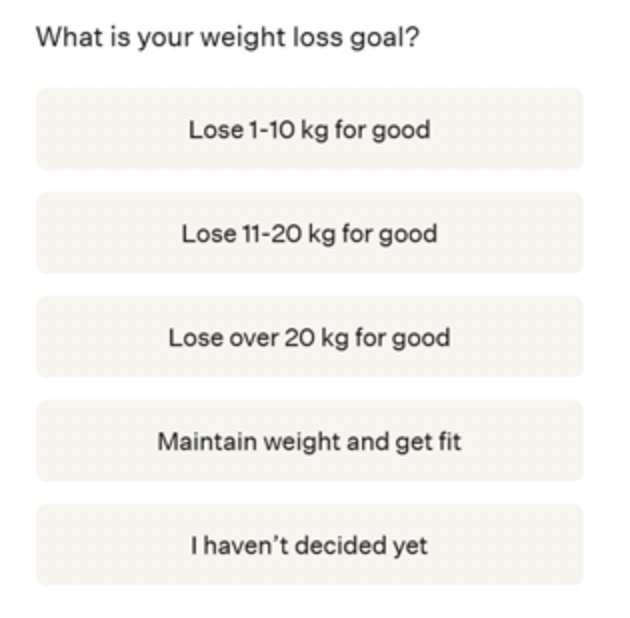
First, people have to decide on some weight goals. Then, they discuss motivations, personal health issues, and their relationship with food before receiving the results via e-mail.
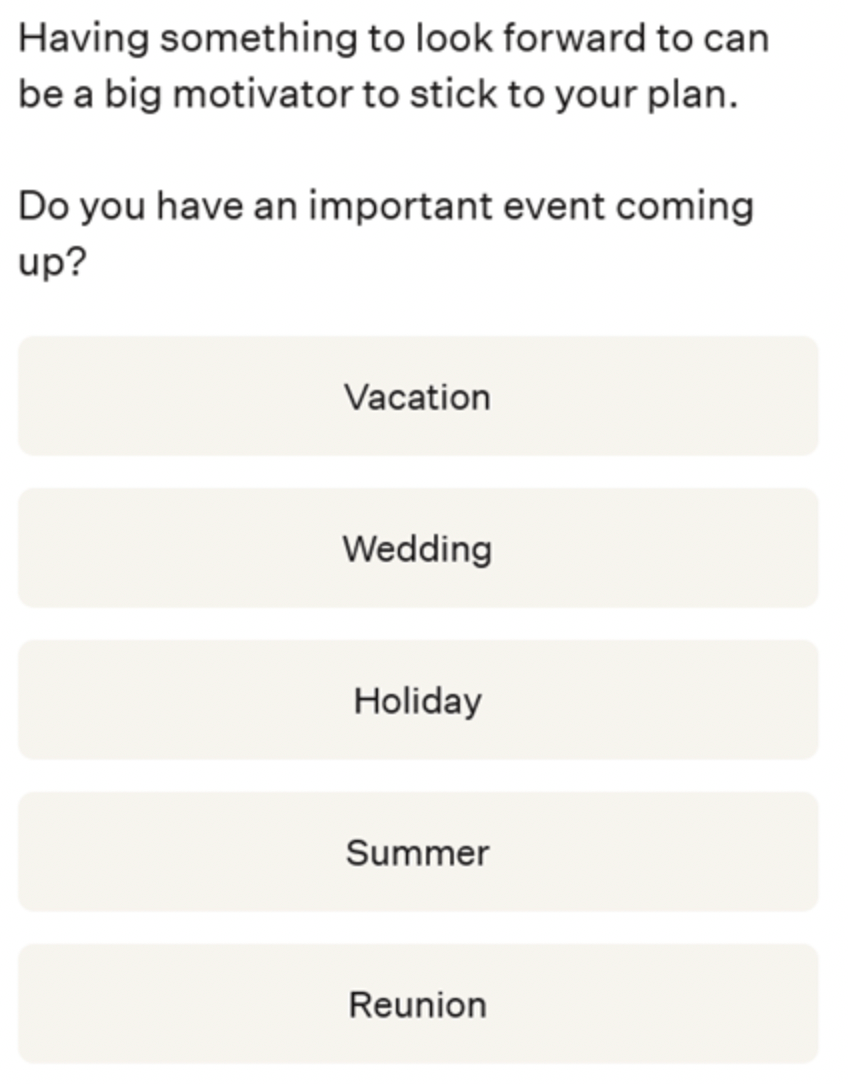
Pro tip: To prevent people from getting bored or changing their minds, Noom incorporates slides like this into its quiz:
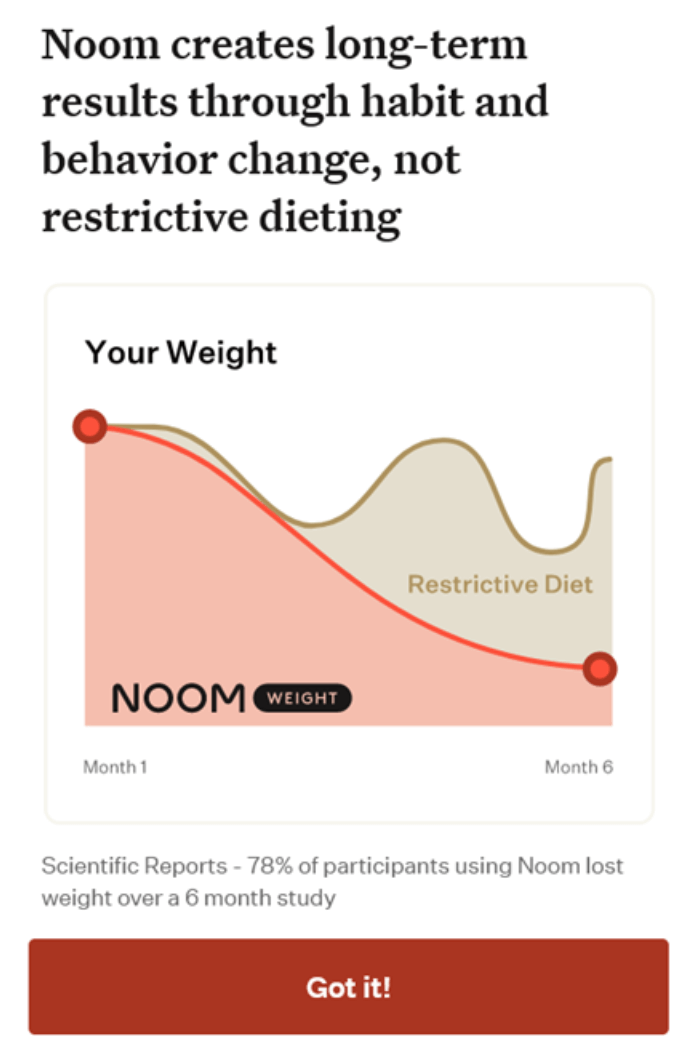
Notice the scientific data, statistics, and graphs that endorse the program’s results. Moreover, Noom also includes reviews from real customers to build trust:
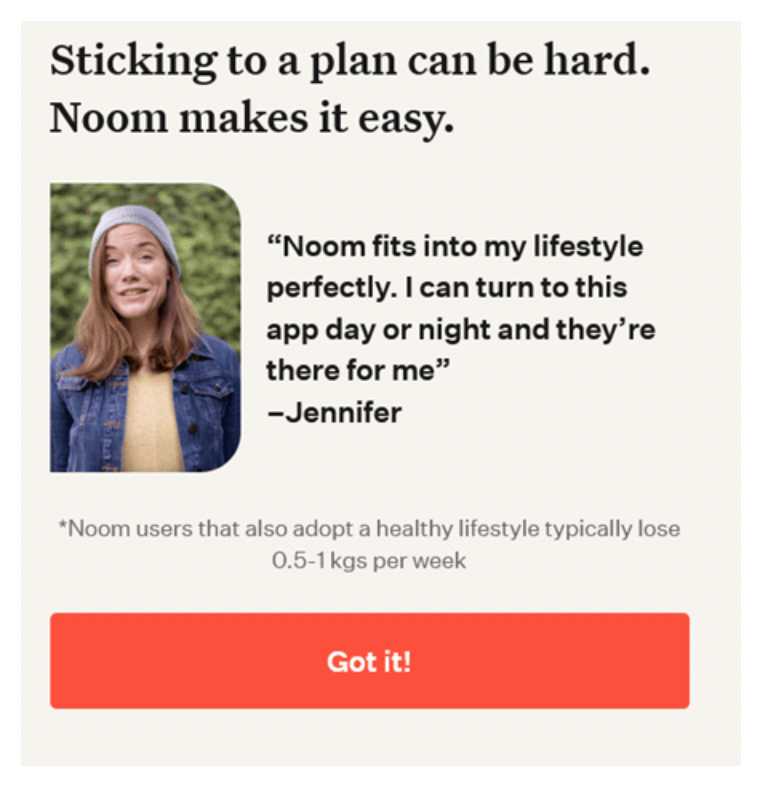
Lessons to learn:
- Analyze your audience and understand what makes your prospects tick before building any quiz.
- Use slides with UGC (user-generated content) and statistics to increase your authority, but don’t be too pushy.
- Use gamification elements such as visuals or leaderboards to keep people interested during a longer survey.
- You can send people’s results via e-mail to qualify prospects further. People who will return to your website after reading their e-mails are higher quality leads because they’re more interested.
3. Have a goal
Although your purpose is onboarding, that doesn’t mean all types of onboarding are created equal.
1. Basic qualifying quiz: Best for when you don’t have any information on your prospects and they haven’t used your products yet. This is probably your first onboarding attempt, so the trick is asking for relevant information without seeming pushy. Potential questions include:
- What is your position at the company?
- How old are you?
- What is your room area?
2. Purchase intent quiz: Use this survey when your prospects have already shown interest in your product and have signed up for a trial. Questions you can use are:
3. Customer experience quiz: This quiz evaluates your customers’ experiences with your product and logo design. Here are a few sample questions to consider:
- On a scale from 1-10, how likely are you to recommend us to a friend or colleague?
- How would you rate our customer support?
- Select one number between 1 (Completely Disagree) and 5 (Completely Agree) for the statements below:
- I would like to see more of Product X in your line.
- I wish your product would have Feature X.
Here’s a *very personal* question in an onboarding quiz for people looking to hire coach Laurie Villarreal:
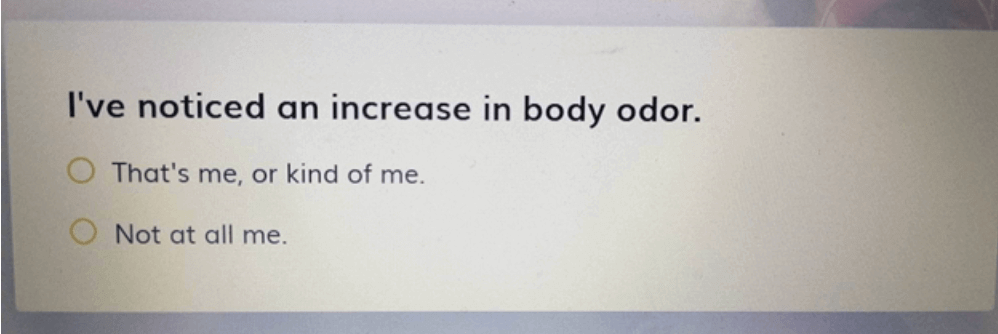
4. Track and adapt
Analyzing interactive surveys offers valuable insights into customer opinions and preferences.
Tap into these insights to improve your customer onboarding process by investing in better customer support, creating training courses, or creating more intuitive user interfaces.
Look for patterns such as:
- Common complaints or needs customers have when using your product
- Areas where customers are struggling the most in their onboarding experience
- Product features/elements that people most and least resonate with
- Features/details people are choosing the most and the least
Wrap up
Interactive quizzes are for your onboarding process, like chocolate to ice cream.
Interactive quizzes are memorable, offer you the opportunity to include convincing arguments, and get highly qualified leads. As a result, these surveys increase the chances of customers sticking around in the long run.
Remember to start from a goal, take a customer-centric approach and keep track of your results.


 Follow us on LinkedIn
Follow us on LinkedIn
